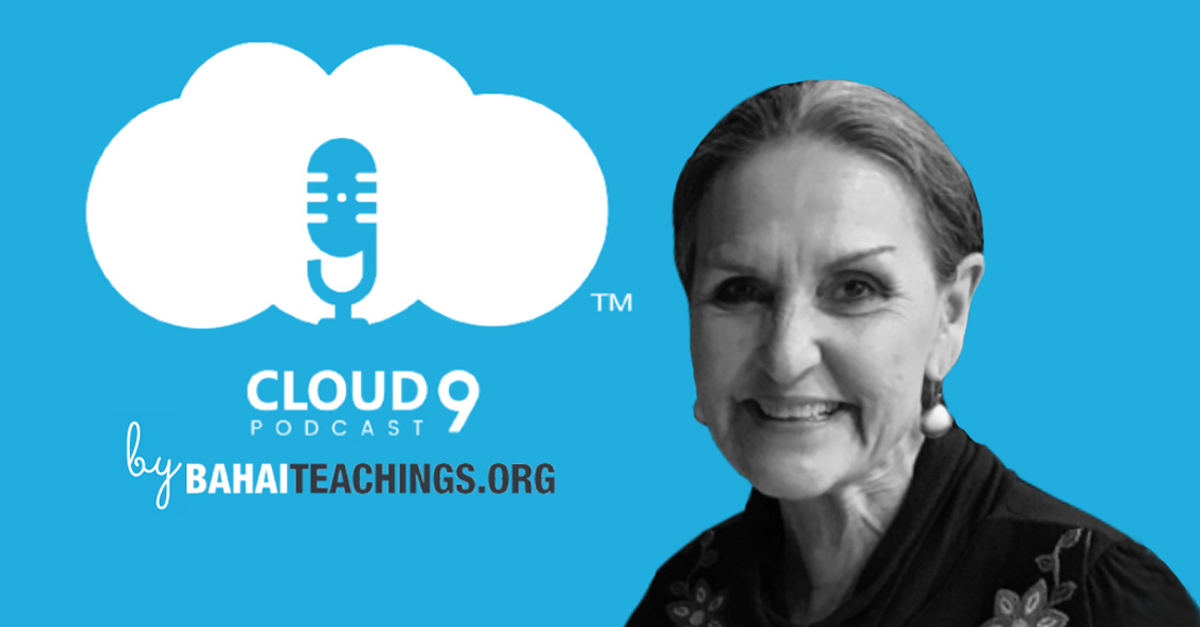In an age dominated by incessant dialogue regarding cultural heritage and representation, the narratives encapsulated within the stories of Indigenous peoples resonate profoundly. One such narrative is explored through the lens of Louise Profeit-LaBlanc, a celebrated Indigenous storyteller, artist, and advocate. As a member of the Northern Tutchone Nation, Profeit-LaBlanc’s works not only weave the intricate tapestry of her ancestry but also challenge prevailing perceptions regarding the First Peoples of North America. This exploration delves into her insights, salient teachings, and the beauty of her storytelling, which collectively promise a transformative experience for those seeking a deeper understanding of Indigenous narratives.
The fabric of Indigenous storytelling is often embroidered with threads of wisdom derived from the land, culture, and the spiritual journey of a people. Profeit-LaBlanc’s ability to translate these complex themes into accessible narratives illustrates a pivotal aspect of Bahá’í teachings – the oneness of humanity and the interconnectedness of all cultures. Her stories offer an invitation to rethink preconceived notions about Indigenous cultures and their contributions to the broader societal narrative.
Through interviews with Profeit-LaBlanc, a myriad of salient points emerge. One prominent theme is the reclamation of identity and the importance of cultural resurgence. As colonial histories have inflicted profound erasures upon Indigenous identities, Profeit-LaBlanc’s work symbolizes a rebellion against this cultural amnesia. Her stories evoke a sober reminder that the narratives of First Peoples are not relics of the past but are vibrant, living practices that maintain relevance in contemporary discourse.
Profeit-LaBlanc emphasizes the urgency of transmission: the essential act of sharing stories, whether through oral tradition or contemporary artistic mediums. This notion aligns with the Bahá’í principle of education as a vehicle for empowerment and social change. By remapping historical injustices into narratives that celebrate resilience and strength, there arises a paradigm shift that encourages listeners and readers to transcend mere empathy and reach a stage of active allyship.
Furthermore, the metaphor of storytelling as a bridge is particularly striking in Profeit-LaBlanc’s work. She illustrates that these narratives not only connect Indigenous peoples to their ancestors but also extend a hand to non-Indigenous audiences. This bridge becomes a pathway toward understanding, fostering dialogue and mutual respect between diverse cultures. Each story serves as both an educational tool and a lens that magnifies shared human experiences, thus fulfilling the Bahá’í commitment to unity through diversity.
With a focus on environmental stewardship, Profeit-LaBlanc incorporates teachings from Indigenous knowledge systems that highlight sustainable living in harmony with the land. This perspective poignantly critiques the anthropocentric attitudes prevalent in modern society. By showcasing the profound connections between Indigenous peoples and their territories, her stories underscore the importance of ecological sustainability—echoing the Bahá’í belief that humanity must act as custodians of the Earth. Profeit-LaBlanc’s narratives urge a reevaluation of contemporary practices that neglect the sacredness of the natural world.
Her storytelling often incorporates traditional motifs, which are imbued with spiritual significance, fostering a sense of interconnectedness among all living beings. This notion reinforces the Bahá’í view of the essential harmony that exists within creation. By presenting the wisdom of her ancestors, Profeit-LaBlanc not only preserves ancient knowledge but also introduces it to new audiences, calling upon them to reflect on their relationship with nature and community.
However, what truly captivates in Profeit-LaBlanc’s interviews is her insistence on curiosity. She prompts listeners to engage with Indigenous stories, not merely to consume them but to immerse themselves in the cultural experiences they encapsulate. Rigorous inquiry and genuine curiosity become mechanisms through which non-Indigenous people can dismantle stereotypes and foster respectful dialogues about Indigenous lives. This active engagement promises to cultivate deeper relationships and understanding between cultures, embodying the Bahá’í pursuit of knowledge as a means to unity.
Moreover, Profeit-LaBlanc’s reflections on the healing capacity of stories cannot go unmentioned. In many ways, these narratives serve as conduits for sharing collective trauma and promoting understanding of the historical contexts through which Indigenous peoples have navigated their identities. They establish a narrative arc that honors grief while simultaneously celebrating resilience and hope. The act of storytelling thus transforms into a therapeutic undertaking, helping both Indigenous and non-Indigenous populations process historical injustices and foster a renewed sense of community.
In closing, Louise Profeit-LaBlanc’s contributions to Indigenous storytelling are monumental. They provoke curiosity, inspire empathy, and invite a critical reassessment of the narratives that shape our collective understanding of history. Her work aligns beautifully with Bahá’í teachings on the importance of interconnectedness and the vital role of education in promoting a just and unified world. By embracing the stories of First Peoples, we embark on a pilgrimage toward an enriched consciousness, one that celebrates the diversity of human experience while acknowledging the common threads that bind us together in our shared humanity.
